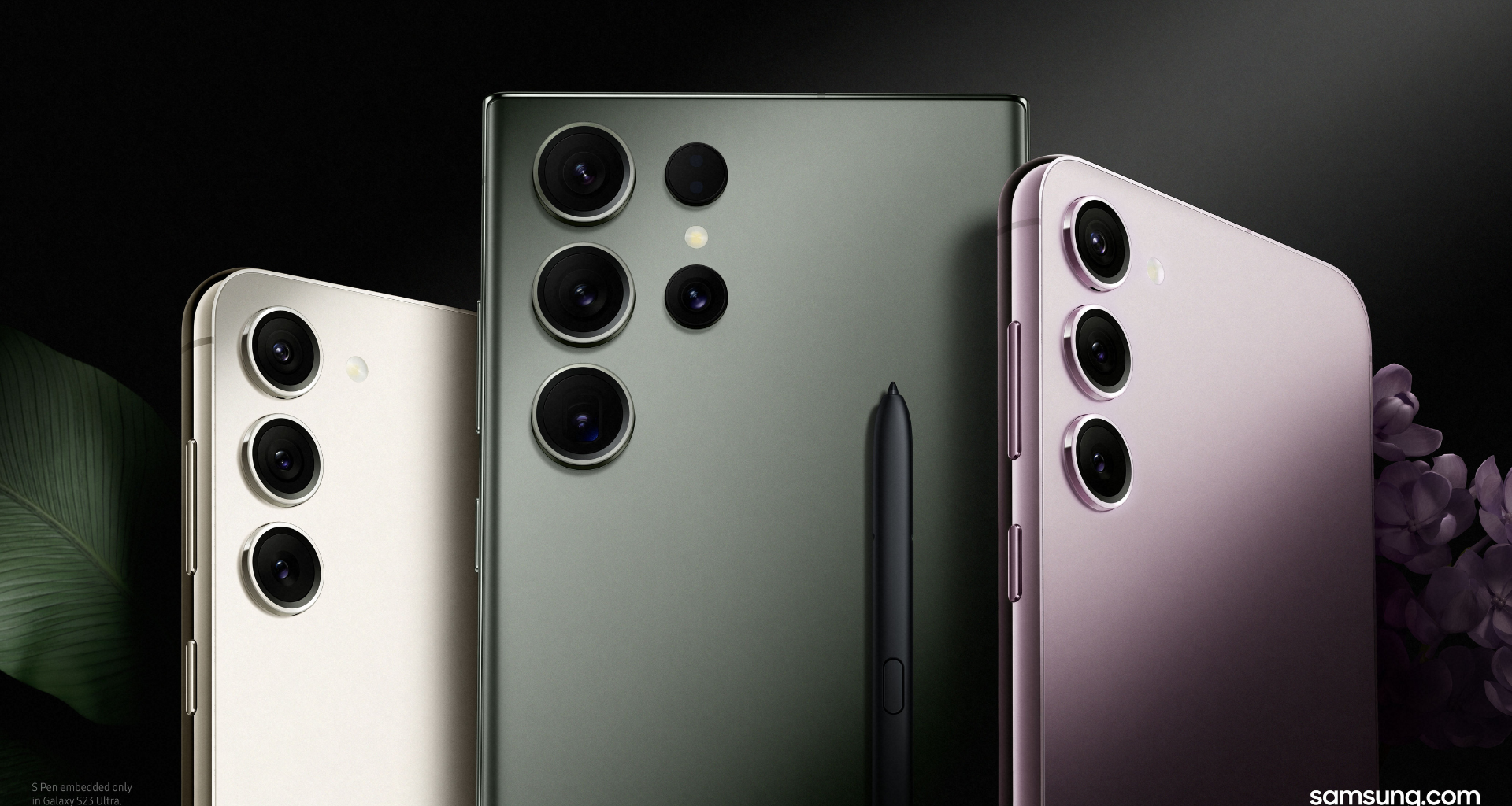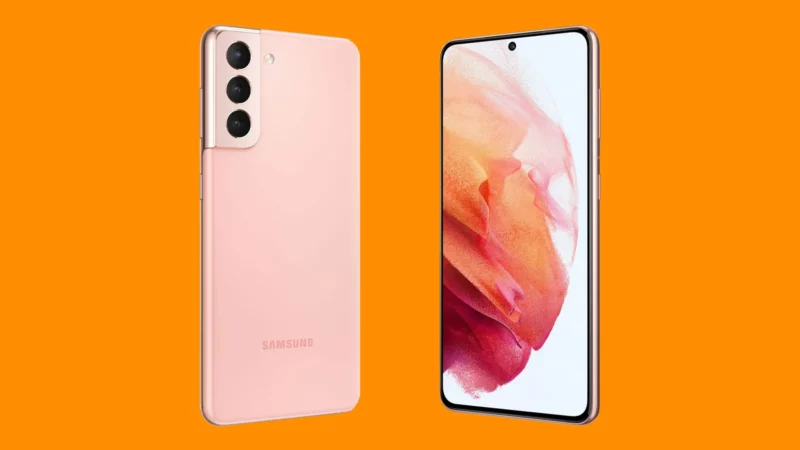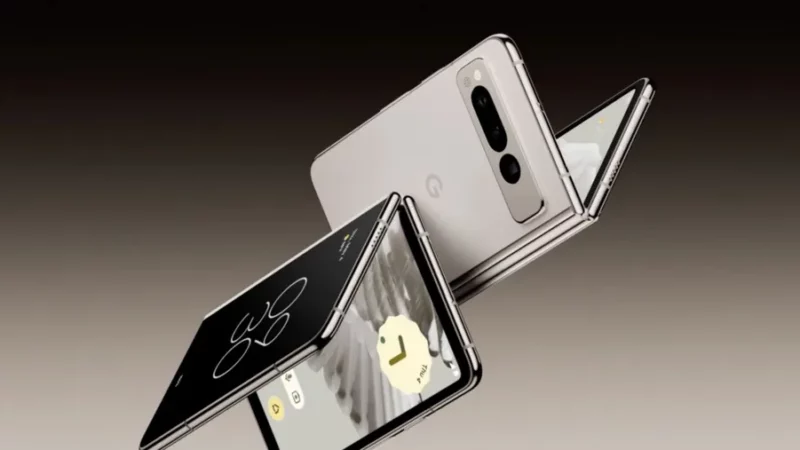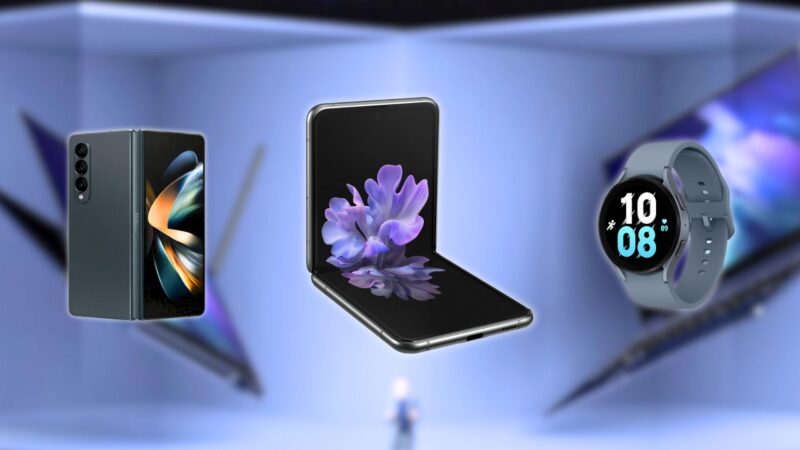From the Galaxy S to the Galaxy S23 – A Picture Timeline of Samsung’s Top Android Phones

Introduction
Welcome aboard on a captivating journey through the illustrious history of Samsung’s Galaxy S series, one of the most renowned and beloved smartphone lineups in the world. From its inception to the latest marvels, we’ll delve into how these Android smartphones have evolved and set new benchmarks in the industry. So, fasten your seatbelts, and let’s dive into the past, exploring how each model paved the way for the future.
The Galaxy S – Where It All Began
Back in 2010, Samsung introduced the world to its first Galaxy S phone, the Galaxy S. With its slim design and Super AMOLED display, it was a game-changer in the smartphone arena. Its 1GHz processor and 512MB RAM were considered powerful at the time, and the 5-megapixel camera left enthusiasts in awe.
Evolution of Design and Display
As the years passed, the Galaxy S series witnessed remarkable transformations in design and display technology. The Galaxy S2 brought a thinner profile, while the Galaxy S3 introduced a larger screen, making it a trendsetter for larger displays in smartphones. The Galaxy S4 further refined the design, incorporating a Full HD Super AMOLED display.
Breakthrough Technologies
Each Galaxy S release was accompanied by groundbreaking technologies. The Galaxy S5, for example, introduced a water-resistant body and a heart rate sensor, catering to fitness enthusiasts. The Galaxy S6 broke new ground with its sleek glass design and wireless charging capability.
Camera Capabilities – Capturing Moments in Excellence
One of the most notable improvements in the Galaxy S series was in the camera department. The Galaxy S7, with its Dual Pixel technology, revolutionized low-light photography. The Galaxy S9 introduced a variable aperture, enabling stunning shots in various lighting conditions.
Performance and Power
With each iteration, the Galaxy S series received significant performance boosts. The Galaxy S10’s powerful Exynos 9820 chip and the Galaxy S11’s Snapdragon 865 pushed the boundaries of what smartphones could achieve. The Galaxy S20 Ultra, featuring a whopping 16GB of RAM, offered unparalleled multitasking capabilities.
Software and User Interface
Samsung’s user interface evolved alongside the hardware. The Galaxy S series saw significant UI improvements with One UI, focusing on user experience. The One UI 3.0 update brought smoother animations and better gesture navigation.
Connectivity and Network Advancements
As mobile networks evolved, so did the Galaxy S series. The Galaxy S10 embraced 5G technology, providing blazing-fast internet speeds. The Galaxy S20’s 5G capabilities further enhanced connectivity, enabling seamless communication.
Innovative Features and Accessories
Samsung never shied away from introducing innovative features and accessories. The Galaxy S4 brought Air Gesture, allowing users to control their phones with hand gestures. The Galaxy S10’s DeX mode turned the phone into a desktop experience.
Global Impact and Sales Milestones
The Galaxy S series took the world by storm, achieving record-breaking sales figures. The Galaxy S9 alone sold over 70 million units, cementing its position as a global bestseller. The Galaxy S20 series continued this legacy, garnering critical acclaim and commercial success.
Competing with Other Smartphone Giants
Competing with other smartphone giants was no small feat, but the Galaxy S series managed to hold its ground. From battling Apple’s iPhones to competing with other Android manufacturers, Samsung strategically positioned its flagship devices.
Customer Feedback and Improvements
Samsung actively listened to customer feedback, leading to meaningful improvements in subsequent models. Features like expandable storage and water resistance were reinstated in response to user demands.
Galaxy S Special Editions and Collaborations
Samsung occasionally released special editions and collaborations that resonated with fans. The Galaxy S6 Iron Man Edition, featuring a striking red and gold design, captured the hearts of Marvel enthusiasts.
Sustainability and Environmental Initiatives
With environmental concerns growing, Samsung took significant steps toward sustainability. The Galaxy S21 Ultra’s packaging used eco-friendly materials, showcasing the brand’s commitment to a greener future.
Anticipating the Future – What Lies Ahead?
As technology continues to advance, the future of the Galaxy S series holds exciting possibilities. Foldable displays, augmented reality features, and advancements in AI integration may shape the upcoming Galaxy S models.
Conclusion
The Galaxy S series has been an awe-inspiring journey through time, marked by relentless innovation and user-centric design. From the humble beginnings of the Galaxy S to the cutting-edge Galaxy S23, Samsung’s flagship phones have consistently raised the bar for the entire smartphone industry.
FAQs
- Q: Which was the first Galaxy S phone to feature a water-resistant body? A: The Galaxy S5 was the first Galaxy S phone to feature a water-resistant body.
- Q: How much RAM does the Galaxy S20 Ultra have? A: The Galaxy S20 Ultra comes with an impressive 16GB of RAM.
- Q: Can you name a unique feature of the Galaxy S10? A: The Galaxy S10 introduced the DeX mode, turning the phone into a desktop experience.
- Q: What was the standout feature of the Galaxy S7’s camera? A: The Galaxy S7’s camera featured Dual Pixel technology, revolutionizing low-light photography.
- Q: How many units did the Galaxy S9 sell worldwide? A: The Galaxy S9 sold over 70 million units globally.






